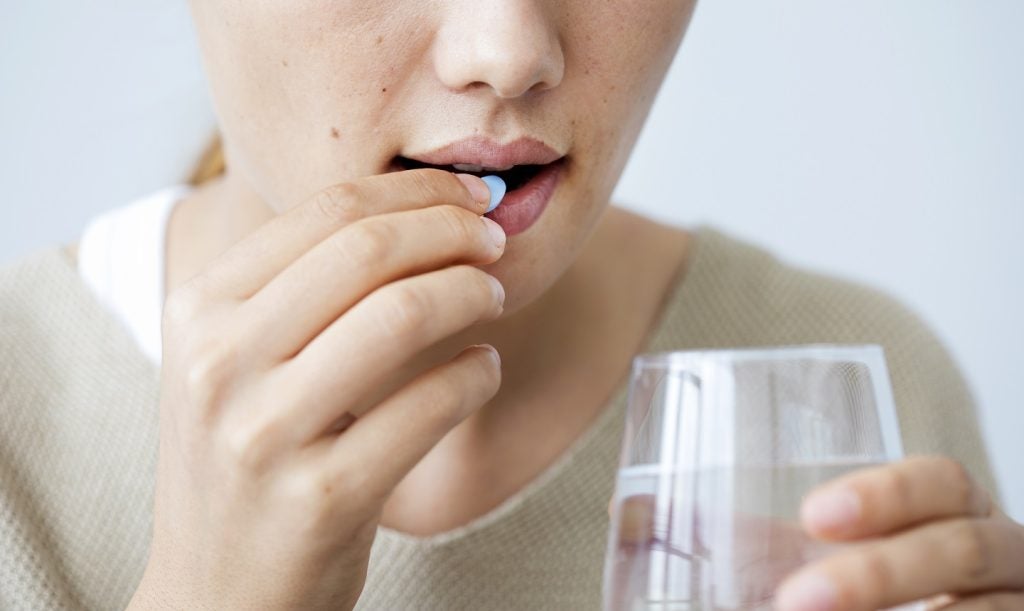The global ulcerative colitis market is forecast to grow at a compound annual growth rate of 1.6%, from $5.64bn in 2015 to more than $6.58bn by 2025, according to a report by GlobalData.
Titled ‘PharmaPoint: Ulcerative Colitis– Global Drug Forecast and Market Analysis to 2025’, the report covers the seven major markets of the US, France, Germany, Italy, Spain, the UK, and Japan.
The main drivers for this modest growth is the increase in disease prevalence and launch of new products such as Pfizer’s Xeljaz (tofacitinib citrate), Celgene’s ozanimod hydrochloride, Johnson & Johnson’s anti-interleukin antibody Stelara (ustekinumab), and Lipid Therapeutics’ LT-02.
Ulcerative colitis is a relapsing disease that requires lifelong treatment due to the absence of curative therapies, explains GlobalData immunogy analyst Zalak Naik, MS.
The current treatment options for the disease have many adverse effects, poor efficacy profiles and are also expensive.
See Also:
The existing market is saturated with cheap generic drugs for mild-to-moderate indications and expensive biologics and biosimilars as short-term to long-term alternatives for surgeries.
How well do you really know your competitors?
Access the most comprehensive Company Profiles on the market, powered by GlobalData. Save hours of research. Gain competitive edge.

Thank you!
Your download email will arrive shortly
Not ready to buy yet? Download a free sample
We are confident about the unique quality of our Company Profiles. However, we want you to make the most beneficial decision for your business, so we offer a free sample that you can download by submitting the below form
By GlobalDataNine phase III drugs currently exist in the ulcerative colitis space with novel mechanisms, improved safety profile and drug availability. These drugs, however, either do not have higher safety profiles or are expected to be expensive.
Despite the uncertainties in the market, a substantial window of opportunity exists for the development of curative ulcerative colitis therapies that are cost-effective and have a superior safety profile when compared to existing treatment options, adds Naik.







